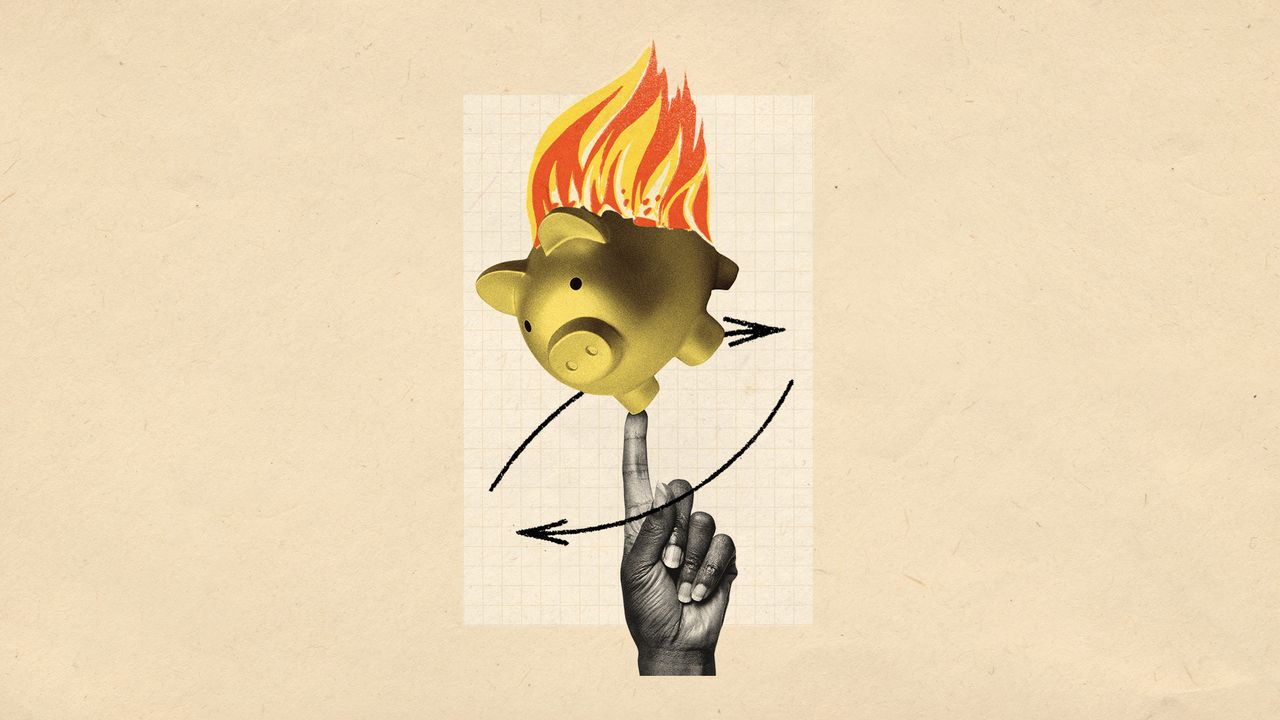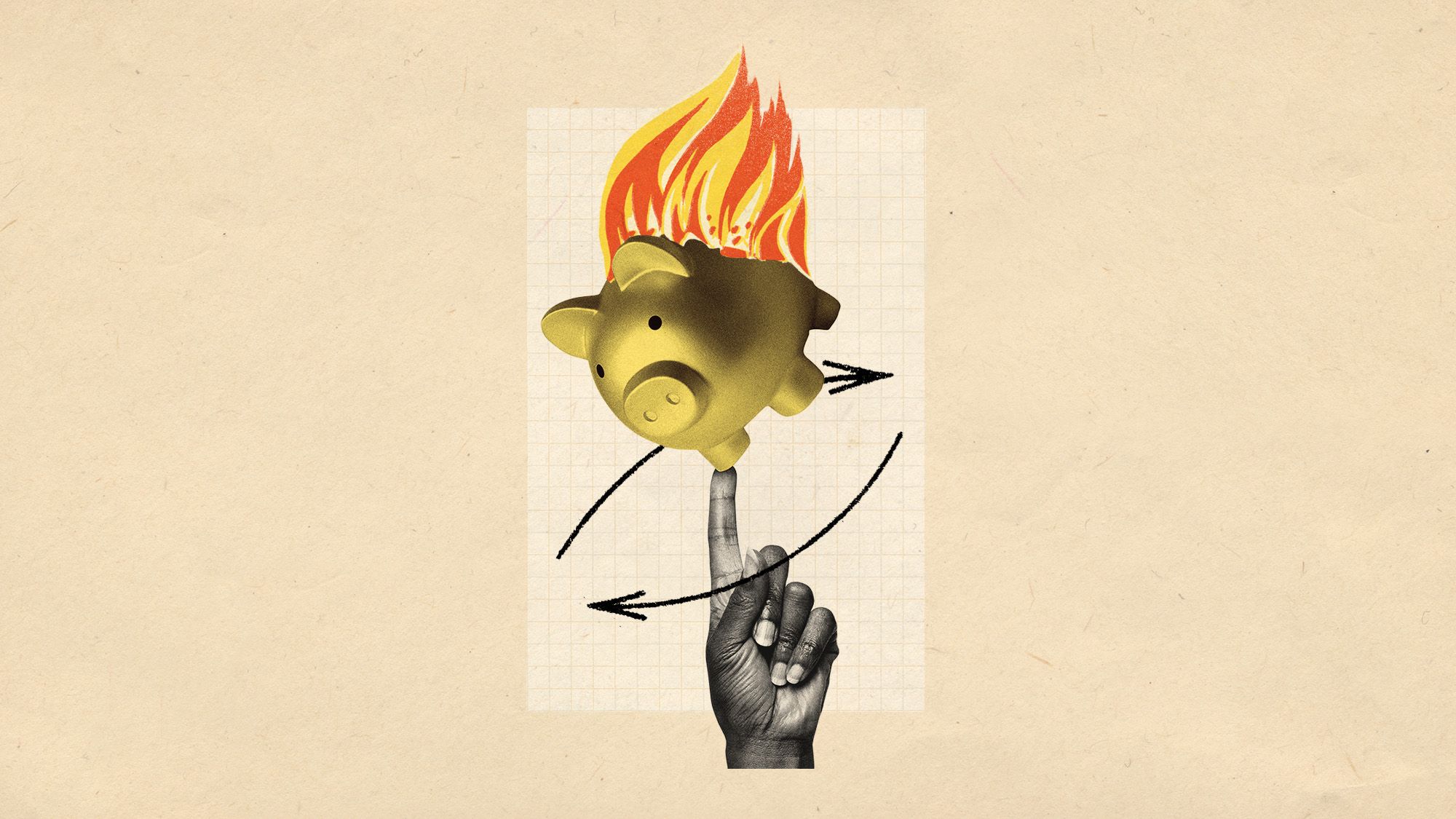
AI News Q&A (Free Content)
Q1: What is the core philosophy of the FIRE movement?
A1: The FIRE (Financial Independence, Retire Early) movement centers around achieving financial independence by saving and investing a significant portion of one’s income, often much more than the traditional 10-15% recommended by financial planners. The ultimate goal is to retire significantly earlier than the conventional retirement age by living off passive income generated from investments.
Q2: What role did online communities play in the popularization of the FIRE movement?
A2: Online communities such as blogs, podcasts, and forums played a crucial role in spreading the FIRE philosophy, especially among millennials in the 2010s. These platforms allowed individuals to share experiences, strategies, and support, creating a community centered around the pursuit of financial independence and early retirement.
Q3: What is the '4% rule' commonly cited in the FIRE community?
A3: The '4% rule' is a guideline suggesting that retirees can withdraw 4% of their retirement savings annually without running out of money over a 30-year period. This rule is used within the FIRE community to estimate how much money one needs to save to sustain their desired lifestyle in retirement.
Q4: How has the COVID-19 pandemic affected retirement savings patterns?
A4: During the COVID-19 pandemic, retirement savings patterns saw notable changes. Contributions to retirement savings vehicles did not decline significantly, unlike during the Great Recession. IRA withdrawals decreased due to the suspension of required minimum distribution rules, while employer-plan withdrawals increased for those under age 60, partly due to the partial suspension of the early withdrawal penalty.
Q5: What are some criticisms or alternative viewpoints about the withdrawal rates in the FIRE movement?
A5: While the 4% rule is popular, some economists like Karsten Jeske suggest more conservative withdrawal rates, such as 3.25% to 3.5%, particularly for those retiring much earlier than the traditional retirement age. These more conservative rates account for potential market fluctuations and longer retirement periods.
Q6: What are some common strategies used by individuals pursuing FIRE to reduce expenses?
A6: Individuals pursuing FIRE often focus on reducing living expenses by adopting minimalist lifestyles, avoiding debt, and making frugal choices. They prioritize needs over wants, seek out cost-effective living arrangements, and often engage in side jobs or freelance work to increase income.
Q7: How does the paper 'On Optimal Retirement (How to Retire Early)' contribute to the understanding of investment strategies for early retirement?
A7: The paper 'On Optimal Retirement (How to Retire Early)' explores optimal control problems in retirement investing. It presents a model where individuals can determine the optimal investment strategy to accumulate the necessary 'superdollars' needed for retirement. The study highlights the importance of strategic investment choices to achieve early retirement goals.
References:
- FIRE movement
- On Optimal Retirement (How to Retire Early)
- Changes in Retirement Savings During the COVID Pandemic






